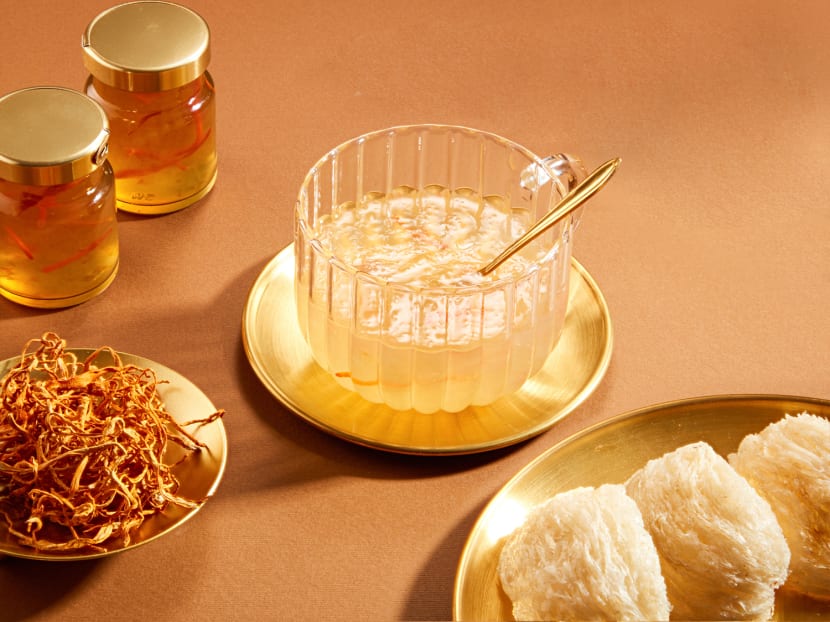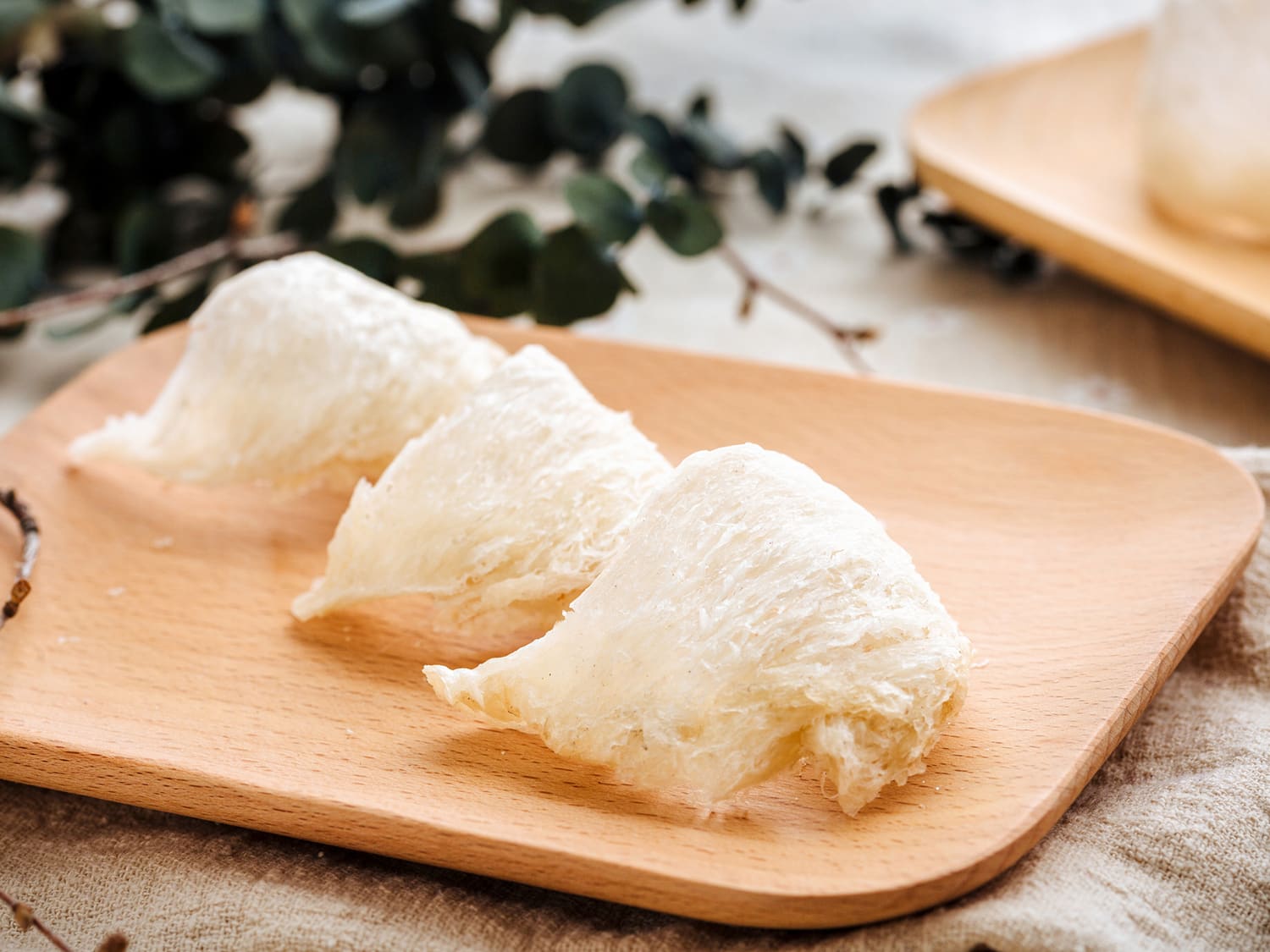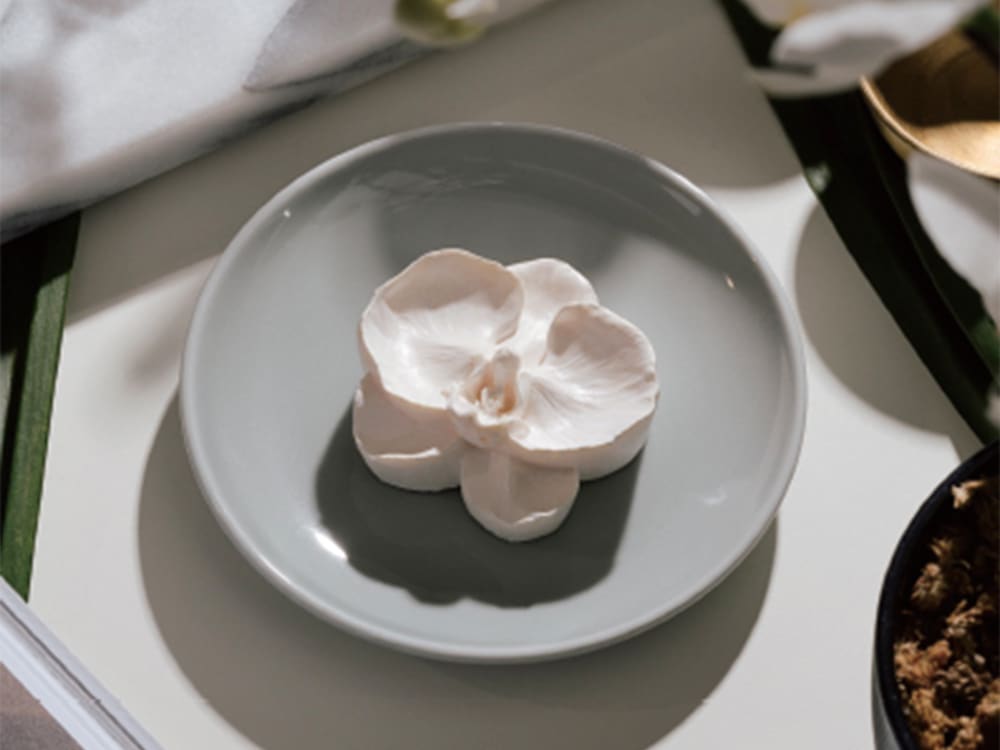What’s in a nest? The lowdown on how to gauge grade and nutritional value of bird’s nest
Unlike the PSLEs, grades matter little when it comes to this popular Chinese tonic.

Bird's nest (Photo: iStock)
It is an elixir that Chinese around the world are familiar with. A soothing bowl of sweetened soup slippery with clear gelatinous strands. The crystalline broth may not look or taste like much, but it is rich with the promise of enhanced beauty and better health. Reasons enough for the centuries of Chinese who fork out thousands of dollars for a single kilogram of what is essentially the saliva of swiftlets.
The nutritional value of edible birds’ nests have long been the stuff of Chinese legend. Only in recent decades have scientists begun unravelling the health benefits that the Chinese have instinctively known for generations — namely, stronger immunity, youthful skin, and improved cognitive function.
As CieYou Lim, founder of bird’s nest beauty brand Nest Bloom, put it: “For something to stand the test of time for this many centuries, it definitely says that there are benefits to bird’s nest even if there were no scientific backing.”
HOW TO BUILD A NEST
The price of dried bird’s nests can range from S$800 to S$4,000 per kilogram depending on the grade. Grading, in this case, is a matter of perception. “The bird’s nest you see on the market is really what the seller wants you to perceive,” said Lim, struggling to find a magnanimous way to phrase the fact that grading is entirely subjective (more on grading later).

Lim’s family has been farming bird’s nests in Indonesia since the 1980s. As a wholesaler, the business involves harvesting swiftlet nests, cleaning and processing them to its customers’ specifications.
According to a research paper on Edible Bird’s Nest as a Potential Cognitive Enhancer published in open science platform Frontier, only about 70 to 90 per cent of a swiftlet’s nest is made out of the bird’s mucus production. Feathers and nest-feeding insects round out the composition of nests, which the birds build over a duration of about 35 days.
The growth and reproduction of swiftlets requires specific environmental conditions, including about 90 per cent humidity and ambient temperature of between 28 to 30 degrees Celsius. It follows that swiftlets are native to caves in Southeast Asian countries such as Thailand, Malaysia, Vietnam and Indonesia.
Harvesting nests from these caves is perilous work. One criteria for those doing the harvesting is expert climbing skills. The caves are dark, warm and often slippery; the nests tucked against their high walls. One misstep can mean the end of a career or life. Despite this, the world’s natural supply of swiftlet nests has plummeted with rising demand. But as in all high-volume industries, the industrious have devised ways to recreate the source. Enter bird’s nest farms.
A HOME TO ROOST
To create them, farm owners erect structures that attract swiftlets to build their prized nests on. “In Southeast Asia, the structures look like unfinished shophouses, with about three floors and scaffolding. You put boards on top so birds can build their nests (on them) easily,” explained Lim. “We don’t feed the birds. We only give them a place to stay. It’s the same way that birds would live in a cave.”
These makeshift caves protect the swiftlets from natural predators like owls and rats. The birds only leave the nest to forage for food and eventually abandon them when their eggs have hatched and the chicks are grown. “That’s when the harvesting happens,” said Lim. “It’s counterintuitive to harvest the nests before the birds leave them because then they wouldn’t return.”
If this calls to mind images of dank, forlorn spaces left to the vagaries of time and nature, think again. “The farms are actually quite high-tech,” said Lim. “You need to humidify the area to mimic a cave, to play sounds (birdsong) to attract the birds, so you need power. Most of these farms are off the grid, so the power comes from solar energy. Most of them have solar panels powering the whole place.”
WHAT’S IN A GRADE
Typically, harvested nests are graded according to physical appearance, taking into account the number of feathers in them, size, colour and impurities. Once harvested, they are a marketer’s game. “If the customer wants a very clean product, then we work to those specifications. If they want a natural-looking product, say, with more feathers on them, that can be done too,” revealed Lim.
Either way, the nutritional content from one bird’s nest to another is by and large the same, even with red nests or blood nests known as xueyan which are believed to impart better health benefits. The Frontier paper reported that both white and red bird’s nests showed “relatively similar amino acid levels, which were 63 and 62 per cent respectively”.
What, then, should the untrained eye look for when choosing edible bird’s nests? “I would say look for something sturdy and not too thin,” Lim advises. “Don’t look for bird’s nests that are too white. That’s not natural. Anything in a humid environment doesn’t stay white, right? So how can white bird’s nests be natural?”
An important consideration is how much water the nests can absorb since they are cooked by braising. “In the industry, we talk about the percentage you want the bird’s nest to expand when the consumer soaks it,” he added. “Do you want it to expand eight, 10 or 12 times? The maximum you’ll hit is 15 times, which is when it’s considered a super premium product.”
EASY DOES IT
One of the reasons why Lim created Nest Bloom, a range of flower-shaped freeze-dried bird’s nest tonics, is to help take the guesswork out of buying dried bird’s nests for cooking. Traditionally, the preparation of bird’s nest was left to mothers and grandmothers, but the current generation of working matriarchs often lack the time or know-how to source the best for their families.

Sarah Chew, an IT consultant and mother of two teenage children, who grew up drinking bird’s nest regularly, admits that she prefers leaving it to the experts. “My late grandmother used to buy and brew bird’s nest for us, but after she passed away, we haven’t taken it regularly because I’m not sure which product is better,” she said. “I prefer not to buy bottled bird’s nest soups or drinks because I feel the sugar content may be higher than I’d like, so on occasion, when we are in a good Chinese restaurant, we will splurge on bird’s nest soup for the family.”
One restaurant that serves bird’s nest brews is Michelin-starred Summer Pavilion. To enhance the benefits and eke the most of this delicacy, chef de cuisine Cheung Siu Kong said he has devised a method of placing the bird’s nests in a vacuum-sealed bag, filling it with the exact amount of water that it would soak up, and cooking till the nests soften and swell. “By doing so, we are better able to preserve the entire piece of bird’s nest and retain its nutrients,” he said.
And just what are those nutrients? Mainly protein, which makes up 50 to 60 per cent of each nest’s weight on average, some carbohydrates, and other natural elements that find their way into the nests. In other words, feathers, insects, and bird droppings which are removed during processing.
According to one research paper, the essential amino acids found in edible swiftlet nests was far greater than in other protein-rich foods like eggs and milk. Amino acids are the building blocks of proteins necessary for our cells to develop and regenerate for the formation of things like neurotransmitters and antibodies. In bird’s nest, 18 out of the 20 types of amino acids required by humans were detected.
To put it simply, regardless of what type, grade or form of bird’s nests you buy, there are undeniable health benefits to be reaped from this ancient Chinese tonic.











